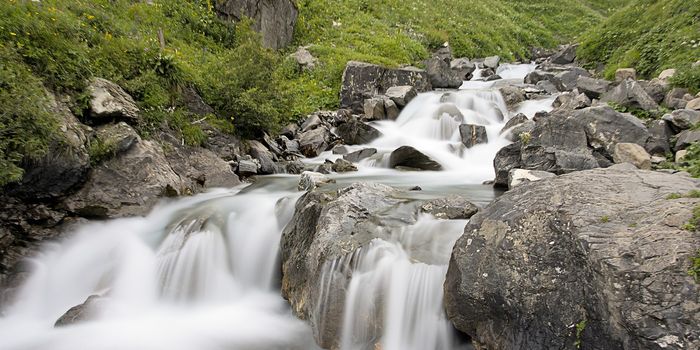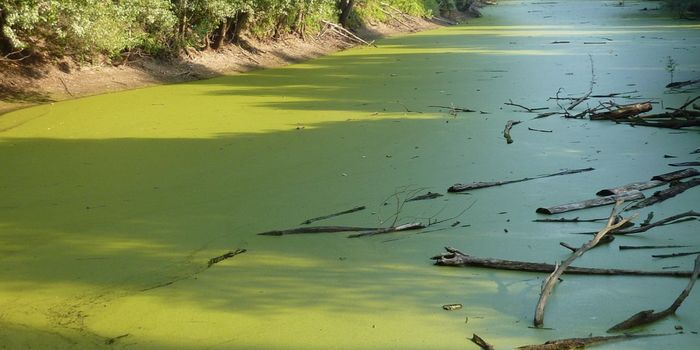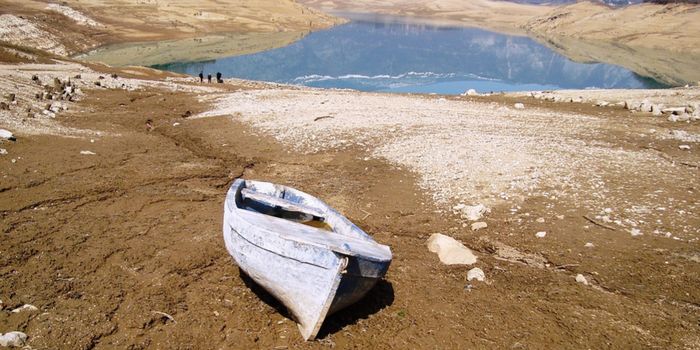Why are runoff and sediment load declining in the Yellow River?
As the fifth-longest river and the most sediment-laden river in the world, the Yellow River in China supports agriculture and human survival, irrigating 13% of the nation’s crops with just 3% of the country’s water. Yet sediment load and runoff from the river have decreased significantly since the late 1980s. In a new study published in Proceedings of the National Academy of Sciences of the United States of America (PNAS), researchers from the Institute of Earth Environment of the Chinese Academy of Sciences have assessed the anthropogenic impacts on sediment load and runoff of the Yellow River in China.
In order to evaluate the human impact on the Yellow River, researchers reconstructed natural runoff history for the middle reach of the river from 1492 to 2013 CE. Led by Professor LIU Yu, the team utilized dendrochronology, the study of climate dating using tree rings, to reconstruct the river’s history. The researchers collected 31 moisture-sensitive tree-ring width chronologies, including 860 trees and 1707 cores within the upper-middle basins of the river.
“We found that the recent low observed Yellow River runoff is unprecedented over the past five centuries, and is mainly due to the combination of decreasing precipitation and increasing water consumption by human activities, particularly agricultural irrigation,” explain the authors. Professor LIU adds: "This reduced runoff has resulted in an estimated 58% reduction of the sediment load in the upper reach of the YR and 29% reduction in the middle reach."
Human activities in addition to agricultural irrigation, such as large-scale dams and reservoirs, also have affected the river’s runoff and sediment load. The researchers caution that such human activities continue to intensify, there will be less runoff in the future, which will ultimately have adverse impacts on agriculture, human lives, and socioeconomic development.
The researchers urge for judicious water management policies, saying their data acts as a warning. “Our results provide a valuable historical dataset for Yellow River water management, as well as an important model for how to distinguish and quantify anthropogenic influence from natural variability in global change studies,” the authors write.
Sources: PNAS, Eureka Alert









